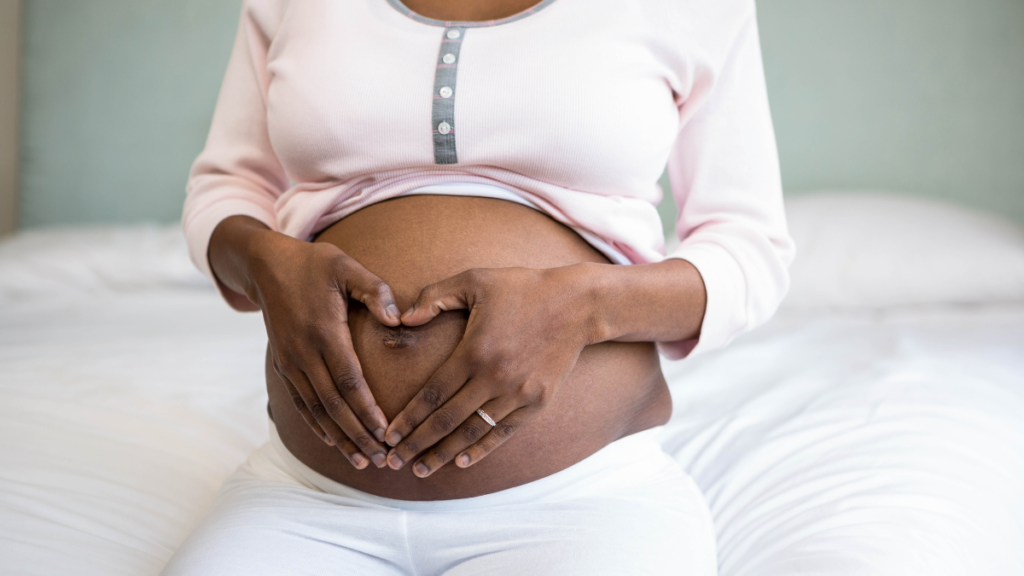
You have made it to week twenty, month five and day 152. Emotions are running high as everything is starting to feel a bit more real. Your bump is accentuating, and more people are beginning to notice as your baby is getting bigger and making more sudden movements.
Read on to find out more about you and your baby’s development at twenty weeks.
By week twenty, your baby is approximately the same size as a banana. It is now measured from head to toe, instead of crown to rump. It is about 10 inches long, approximately weighing at 8.4kg (298g).
Your baby’s tastebuds are currently in training as taste signals are being transmitted to the brain. They are now able to swallow small molecules of food that you have eaten, which have passed through your blood into the amniotic fluids.
It is not actually known whether your baby can physically taste what you eat yet, but research shows that what you eat during your pregnancy can influence baby’s food preferences later on.
Whether you have chosen to keep it a surprise or know the gender of your baby- week twenty is the time when all is confirmed. Your baby’s genitals are becoming more prominent, so maybe this is the right time to be deciding on names for your little cherub.
Now that you are eating for two or maybe three for those of you who are having twins- your appetite by now is definitely a big one. With your baby and appetite growing at the same time, your belly will soon look like it is ready to POP! Do not worry if your bump appears to be a little smaller or bigger than others as everyone’s pregnancy is different.
You are continuing to flourish from that ‘pregnancy glow’ as your nails are getting stronger and your hair is beginning to feel thicker and fuller (with a little help from those pregnancy hormones).
If you were plagued by morning sickness in your first trimester, at this stage your body may now be making up for lost time. Food may have become a total obsession. However, don’t get too excited as symptoms from trimester two (heartburn and indigestion) could soon catch up with you.
Your uterus is now pushing your abdomen forward, changing your little belly button from an innie to an outie.
For those mothers who are expecting to have twins ensure that you are getting enough iron as you are more prone to anemia in comparison to a mother-to-be of singletons.
This is the most common symptom for all expecting mothers. A rising appetite and increase in pregnancy hormones is not the ultimate combination. Leaving you with a burning sensation and discomfort from your stomach to your bowels. To control this symptom, keep a pack of sugar-free gum in your bag to neutralize acids and keep you pain-free.
Headaches during the pregnancy period can be triggered by any factor ranging from fatigue, increase in hunger to even emotional stress. As painful as it sounds, there is some good news. For those of you who are prone to regular migraines, pregnancy hormones can help to make them less painful and less frequent. Relaxing in a dark room and regular eating can control the occasional headache. Alternatives treatments such as acupuncture or a prenatal massage may also help.
With a little bun in your oven it is normal for your body to be feeling hot and faint. High levels of progesterone and low blood sugar levels can also cause you to have a dizzy spell. Prevent this symptom by drinking plenty of water and getting plenty of fresh air.
Compressed blood vessels in the legs are the reason for cramps. Although the initial cause for leg cramps is not known, some say it is a result of carrying all the pregnancy weight and some issues within the diet. This can be prevented by regular stretching or an ice pack.
Swelling of the feet and hands is one of the long-term pregnancy symptoms. With your body weight increasing and in need of more support- bodily fluids will continue to increase. Control this symptom by wearing loose-fitted clothing and avoid too much salt.
The ultrasound at twenty weeks is the most detailed scan, sometimes referred to as the mid-pregnancy scan as it often occurs between week 18 to 21.
The fetal anomaly scan is offered to everyone but is optional. It takes place to check for certain abnormalities such as a cleft lip and spina bifida. Although it is able to point out several issues, it is not guaranteed to highlight every problem.
For more information on development and milestones at every stage of your pregnancy, visit our pregnancy week by week guide.

© 2023 All rights reserved Baby & Toddler - part of parent promotions